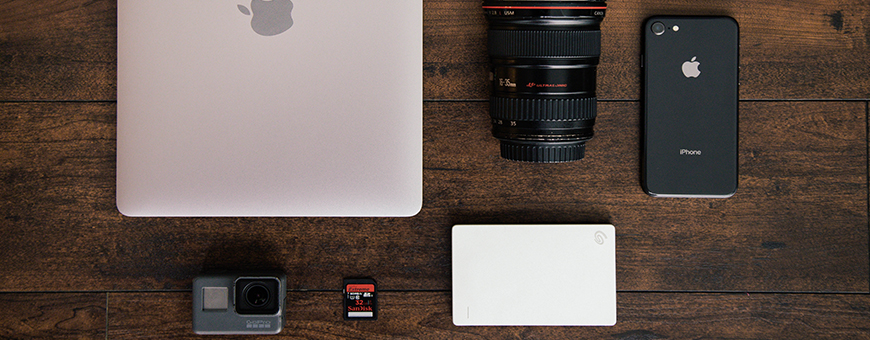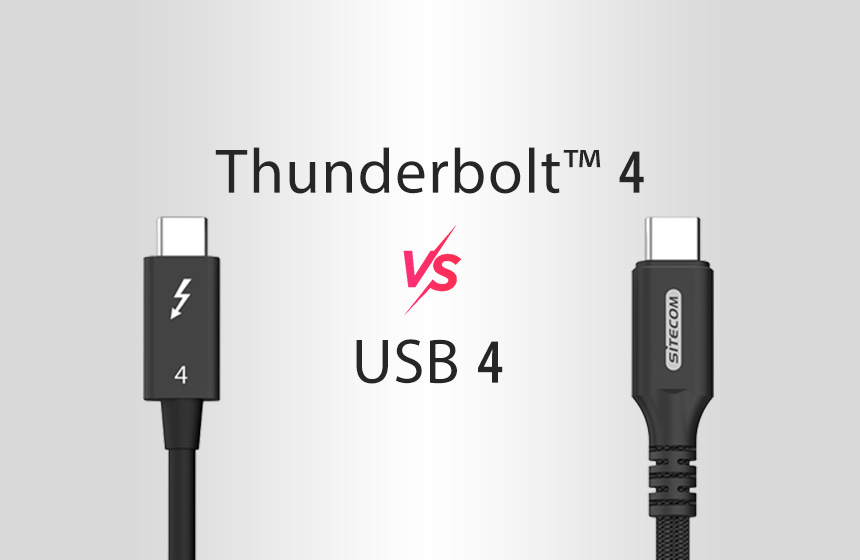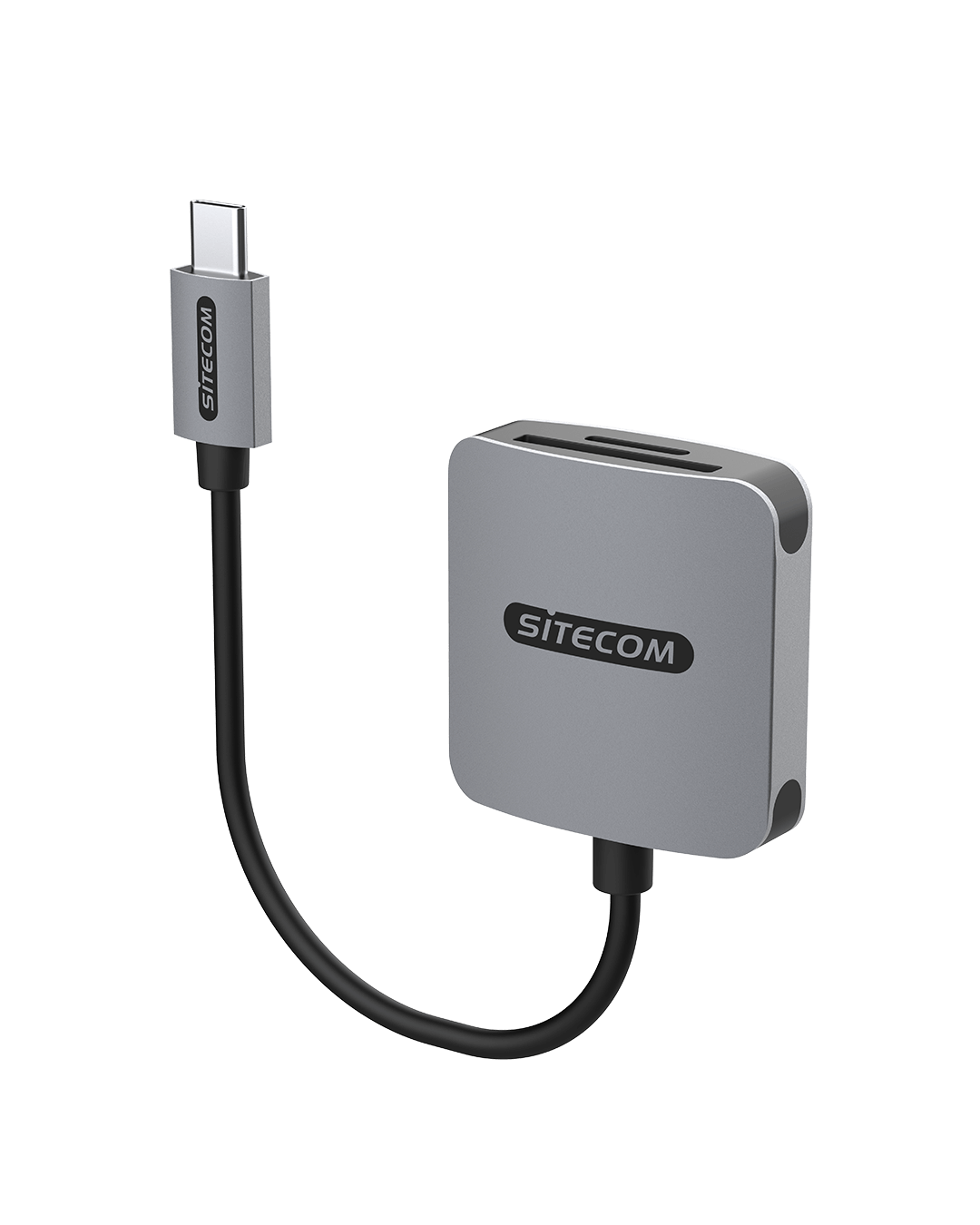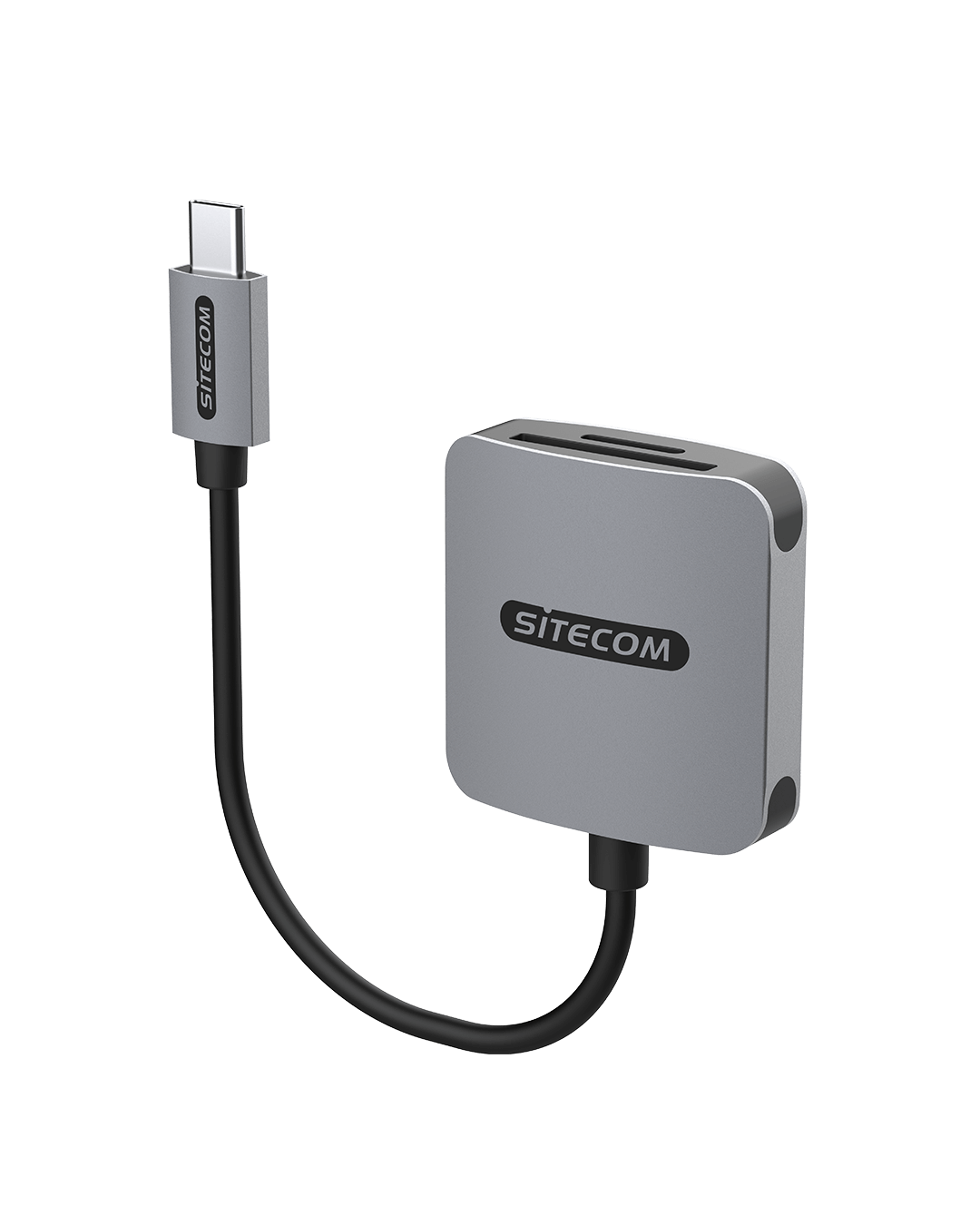Related articles
Tags
Related products
UHS-I vs. UHS-II SD Memory Cards: Understanding the Differences
When it comes to choosing an SD card for your DSLR, video camera, or drone, you'll encounter various specifications that may seem complex.
Published: July 2nd, 2023

One such feature is the Ultra High-Speed (UHS) bus interface, which offers increased data transfer speeds to meet the demands of modern devices. In this article, we'll explain what UHS is and highlight the differences between UHS-I and UHS-II SD memory cards, helping you make an informed choice for your needs.
What is UHS (Ultra High-Speed)?
UHS is the latest bus interface for SD cards, succeeding the standard high-speed specification. It was designed to support devices with higher capacity and speed requirements, delivering faster data transfer rates. The UHS specification offers three versions: UHS-I, UHS-II, and UHS-III, each offering different speeds to cater to various devices' needs.
UHS-I vs. UHS-II: The Key Differences
UHS-I is the first upgrade from the standard high-speed specification, offering transfer rates of up to 104 Mb/s. On the other hand, UHS-II takes it a step further with speeds of up to 312 Mb/s. The notable difference in UHS-II is the addition of a second row of pins, utilizing Low Voltage Differential Signaling (LVDS) technology to achieve higher transfer rates.
While UHS-III was announced recently, it may take some time for devices to adopt this specification widely. UHS-III offers even faster data transfer speeds, reaching up to 624 Mb/s. It incorporates two lanes of LVDS technology and introduces a Quick Recovery (QR) function, optimizing power management for improved performance in shooting time-lapse, burst mode, or extended videos.
Device Compatibility Considerations
It's important to note that not all devices currently support UHS-II or UHS-III standards. Although manufacturers like Nikon, Sony, Olympus, and Fuji have integrated UHS-II into their newer cameras and card readers, some devices may not have caught up yet.
For example, Apple's MacBook models with only USB-C ports require adapters to connect micro and SD cards, and most of these adapters don't support UHS-II or UHS-III standards. Additionally, iMac models, except for the iMac Pro, do not fully utilize UHS-II card readers. Therefore, even if you have an UHS-II SD card, you may not experience the full benefits of upgraded speeds unless you have an iMac Pro.
The Solution: Sitecom USB-C Card Reader UHS II
To overcome compatibility challenges and take advantage of UHS-II speeds, the Sitecom USB-C Card Reader UHS II is an excellent solution. This adapter allows you to shoot 4K videos, capture high-resolution images, and quickly upload content to your Type-C device using lightning-fast UHS-II speeds.
By transforming your PC/Mac USB-C port into a UHS-II card reader slot, you can fully experience the enhanced speeds of UHS-II SD cards. The Type-C card reader is also portable, making it convenient for viewing and uploading footage on-the-go through your Type-C smartphone, tablet, or laptop.
The adapter is supported on virtually any Type-C device and is compatible with both UHS-I and UHS-II micro/SD cards, offering speeds of up to 312 Mb/s. Order the Sitecom USB-C Card Reader UHS II on our website and enjoy its benefits starting today.
Conclusion
Understanding the differences between UHS-I and UHS-II SD memory cards is crucial when selecting the right SD card for your devices. While UHS-II offers faster data transfer speeds, it's essential to ensure device compatibility. With the Sitecom USB-C Card Reader UHS II, you can harness the power of UHS-II speeds and enjoy seamless connectivity. Upgrade your SD card experience and capture memories with ease using UHS-II technology.






